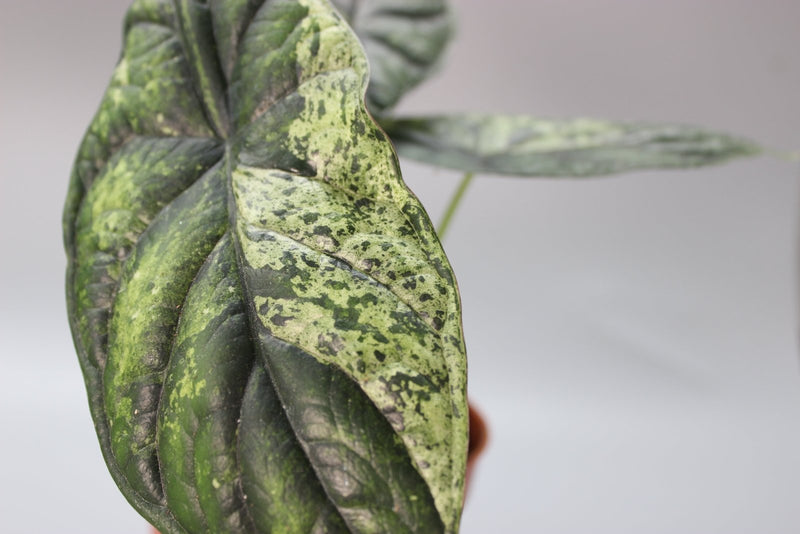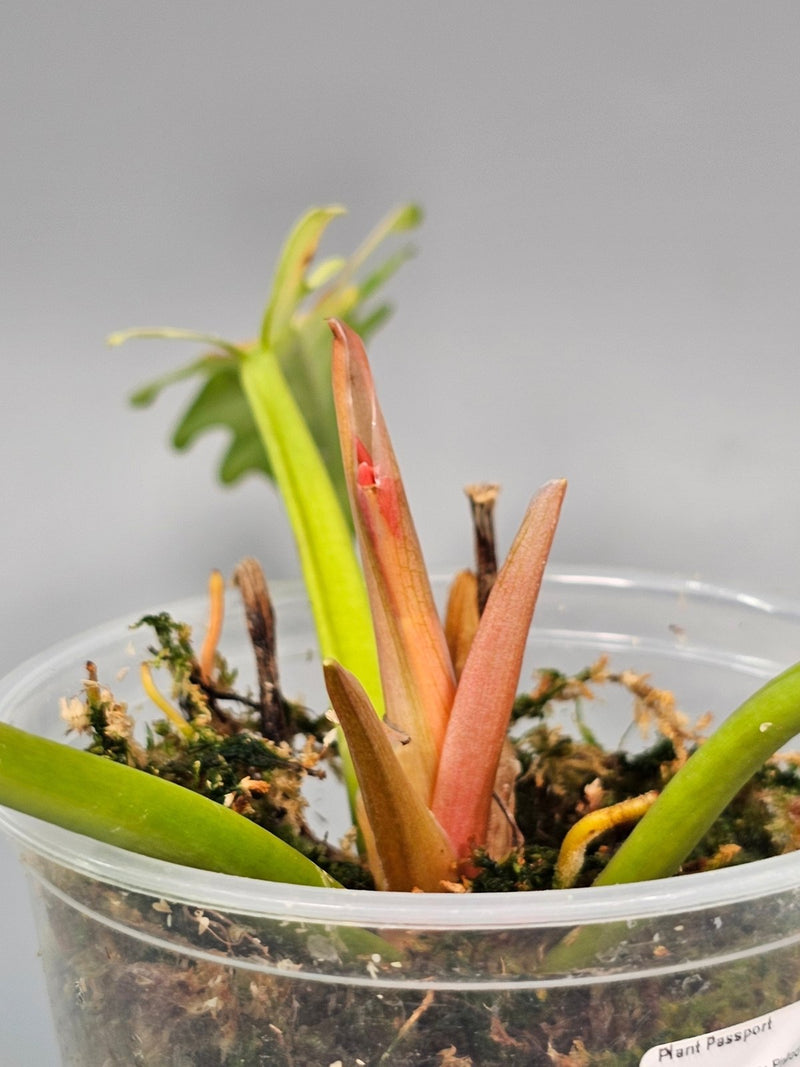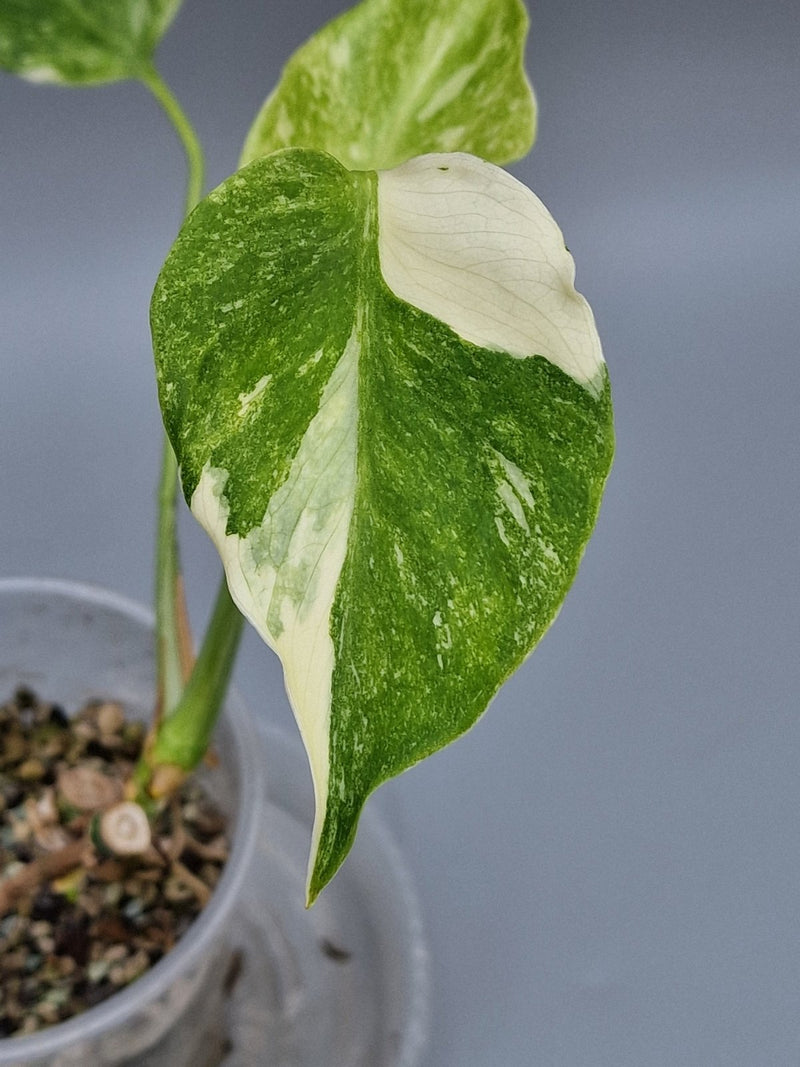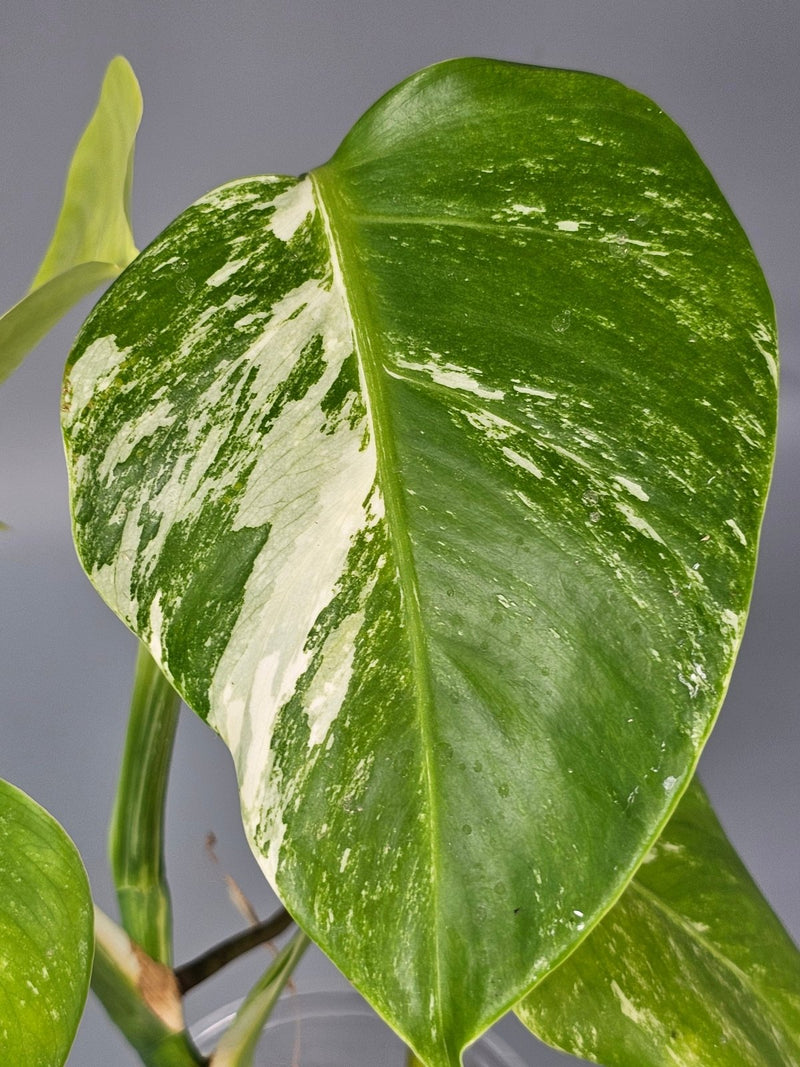
by Odd Leaf
How Often Should You Water Rare Houseplants?
How Often Should You Water Rare Houseplants? Welcome to the enchanting world of rare houseplants! Whether you're a seasoned plant parent or a budding enthusiast, understanding the watering needs of your rare houseplants is crucial for their survival and flourishing. In this guide, we'll explore the intricacies of watering rare houseplants, offering practical advice to help you master the art of hydration without overdoing it. Understanding Your Rare Houseplants' Watering Needs Rare houseplants, such as those found in The Rare Collection, often come with specific watering requirements that differ from common houseplants. Factors influencing these needs include the plant species, its native habitat, potting medium, and even the climate of your home. Here's a breakdown to help you understand better: Species Specifics: Each species of rare houseplant, be it a delicate Anthurium or a robust Monstera, has unique water requirements. Native Habitat: Plants mimic their natural tropical or arid environments, which influence their watering needs. Potting Medium: The type of soil used can affect moisture retention. Orchid bark, perlite, and peat moss are common components that offer different drainage capabilities. Home Environment: Factors such as air conditioning, heating, and humidity levels in your home also play a role. General Watering Guidelines for Rare Houseplants While specific needs can vary, here are some general tips to guide you: Check the Soil: Before watering, always check the top inch of the soil. If it's dry, your plant likely needs water. Water Thoroughly: When watering, do so thoroughly until water runs out of the drainage holes. This ensures the entire root system is hydrated. Avoid Overwatering: Rare houseplants are often more susceptible to root rot. Ensuring proper drainage and not letting your plant sit in standing water is key. Seasonal Adjustments: Water less frequently during the winter months when plant growth typically slows down. Watering Tips for Specific Rare Houseplants Here's a brief overview of watering requirements for some popular rare houseplants: Houseplant Watering Frequency Notes Monstera Every 1-2 weeks Allow soil to dry out between waterings. Philodendron Every 1-2 weeks Prefer slightly moist soil; be cautious of overwatering. Anthurium Every week Requires high humidity and evenly moist soil. Syngonium Every week Water when the top inch of soil feels dry. Alocasia Every 10-14 days Likes well-draining soil; allow to dry out slightly between waterings. Frequently Asked Questions How do I know if I'm overwatering my rare houseplants? Signs of overwatering include yellowing leaves, soft and mushy stems or roots, and a general appearance of decline. If the soil feels soggy or smells musty, you might be watering too much. Can I use tap water for my rare houseplants? While tap water is generally okay, it can contain minerals that build up in the soil over time. If possible, use filtered, distilled, or rainwater for the best results. What is the best time of day to water houseplants? Watering in the morning is ideal as it allows the water to soak deeply into the soil, reaching the roots while providing moisture throughout the day. Properly watering rare houseplants can be a delicate balance, but with a keen eye and a bit of knowledge, you can keep your precious plants thriving. Remember, each plant is unique, and their needs can change over time and with the seasons. Regularly observing your plants and adjusting your care routine is key to becoming a successful plant parent. For more insights on caring for your rare houseplants, check out our detailed posts on reviving a drooping Anthurium and keeping Alocasia Jacklyn happy.





